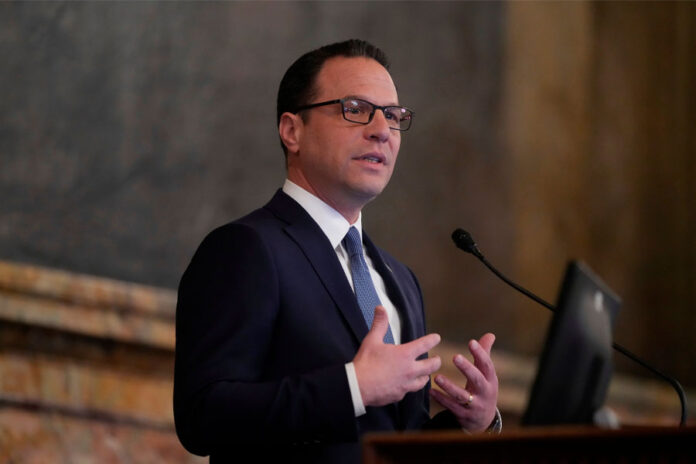Shapiro Administration continues work to make state government services more accessible for Pennsylvanians and easier to use.
Harrisburg, PA — A tip sheet for the Property Tax/Rent Rebate (PTRR) program is now available in seven languages to provide eligible Pennsylvanians with information that can help them access this critical program. These languages include:
- ENG – English
- ARA – Arabic
- CHI – Simplified Chinese
- CHI – Traditional Chinese
- ESP – Spanish
- KOR – Korean
- VIE – Vietnamese
This work by the Department of Revenue (DOR) to provide additional resources for non-English-speaking Pennsylvanians is part of the Shapiro Administration’s continued commitment to improve access to government resources — including the PTRR program. This is especially important following Governor Josh Shapiro’s work to secure bipartisan support for a historic expansion of the PTRR program, increasing income limits and the maximum rebate for the first time in nearly 20 years.
“As Governor Shapiro has said, hundreds of thousands of Pennsylvanians speak a language other than English. That’s why we are taking steps to break down language barriers so that the PTRR program helps as many eligible residents as possible,” said Secretary of Revenue Pat Browne. “The PTRR program has served as a lifeline for more than 50 years, providing more than $8.6 billion in property tax and rent relief to some of Pennsylvania’s most vulnerable residents. If you think you or someone you know may qualify for a rebate, please check out our tip sheet or visit our website to check your eligibility.”
Following the PTRR program’s historic expansion last year, it delivered more than 522,000 rebates totaling $319 million to eligible Pennsylvanians who applied for a rebate on property taxes or rent paid in 2024. This included roughly 106,000 first-time filers who received a rebate for the very first time.
So far this year, DOR has received more than 300,000 PTRR applications.
Other Spanish Resources Available
Spanish-speaking Pennsylvanians can apply for a rebate online using myPATH. The Spanish online application guides applicants through the application process with eligibility requirements and filing instructions in Spanish.
Spanish-speaking applicants can also find other resources on the DOR website, including a translated instruction booklet and a video with a tutorial on how to apply for a rebate online using myPATH:
- PTRR instruction book (PA-1000)
- REV411 instructional video – Como Llenar la Solicitud PA-1000
PTRR Filing Eligibility and Assistance
The rebate program benefits eligible Pennsylvanians age 65 and older; widows and widowers age 50 and older; and people with disabilities age 18 and older. Eligible applicants of the PTRR program are reminded to submit a new application (PA-1000) each year, as rebates are determined by annual income and property taxes or rent paid during the previous year. Applicants can check their eligibility on the Department of Revenue’s website.
The table below shows how much homeowners and renters who fit these criteria are eligible for, depending on their income:
| INCOME | MAX STANDARD REBATE |
| $0 – $8,270 | $1,000 |
| $8,271 – $15,510 | $770 |
| $15,511 – $18,610 | $460 |
| $18,611 – $46,520 | $380 |
Submitting your application online through myPATH — in English or Spanish — is free and easy. Filing through myPATH gives you instant confirmation that your claim has been successfully filed. No username or password is required to file a PTRR application, and applicants can take advantage of automatic calculators and other exclusive online features that are not available with paper applications.
To further support PTRR applicants, DOR representatives are traveling across the Commonwealth to offer in-person assistance. The county-by-county event schedule is updated weekly and can be accessed on the Department of Revenue’s website. Applicants are encouraged to contact their preferred location in advance to confirm availability and schedule an appointment.
Additional support for the PTRR program is also offered at Department of Revenue district offices, local Area Agencies on Aging, senior centers, and state legislators’ offices.







